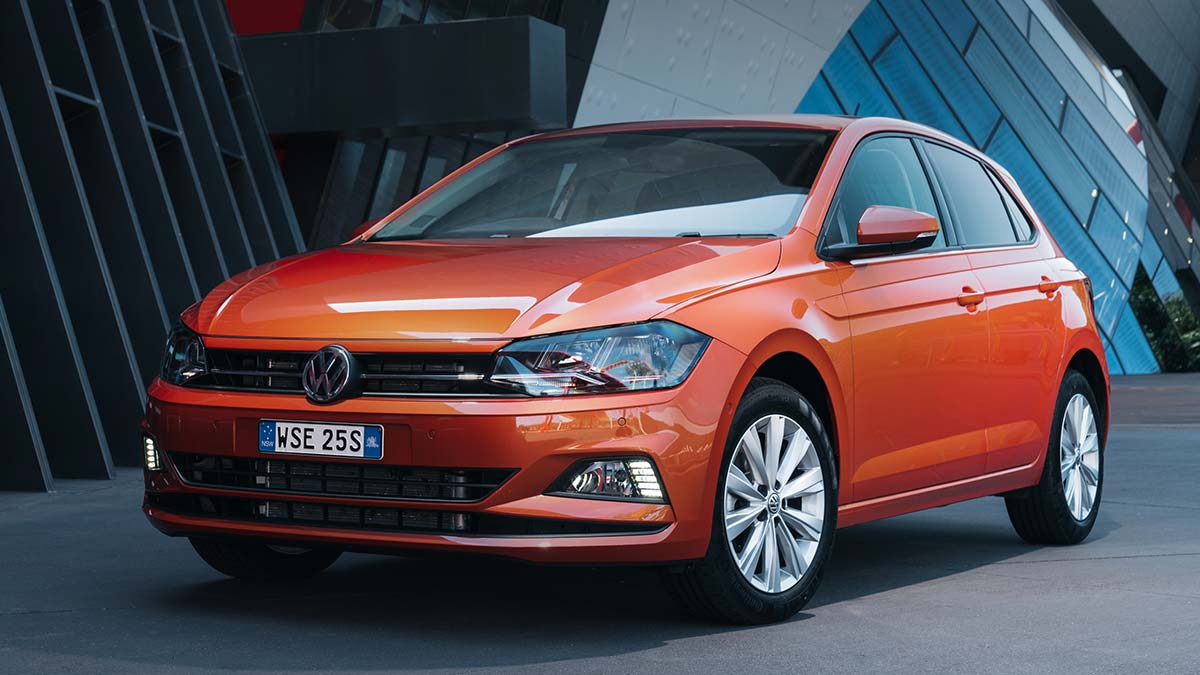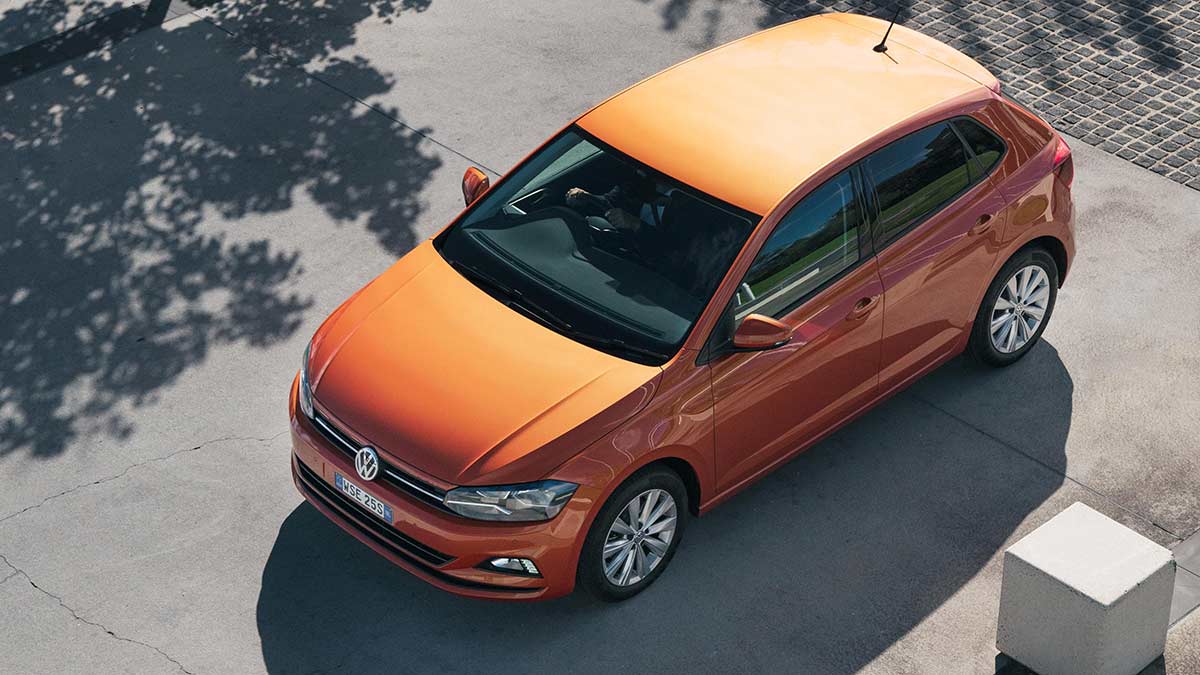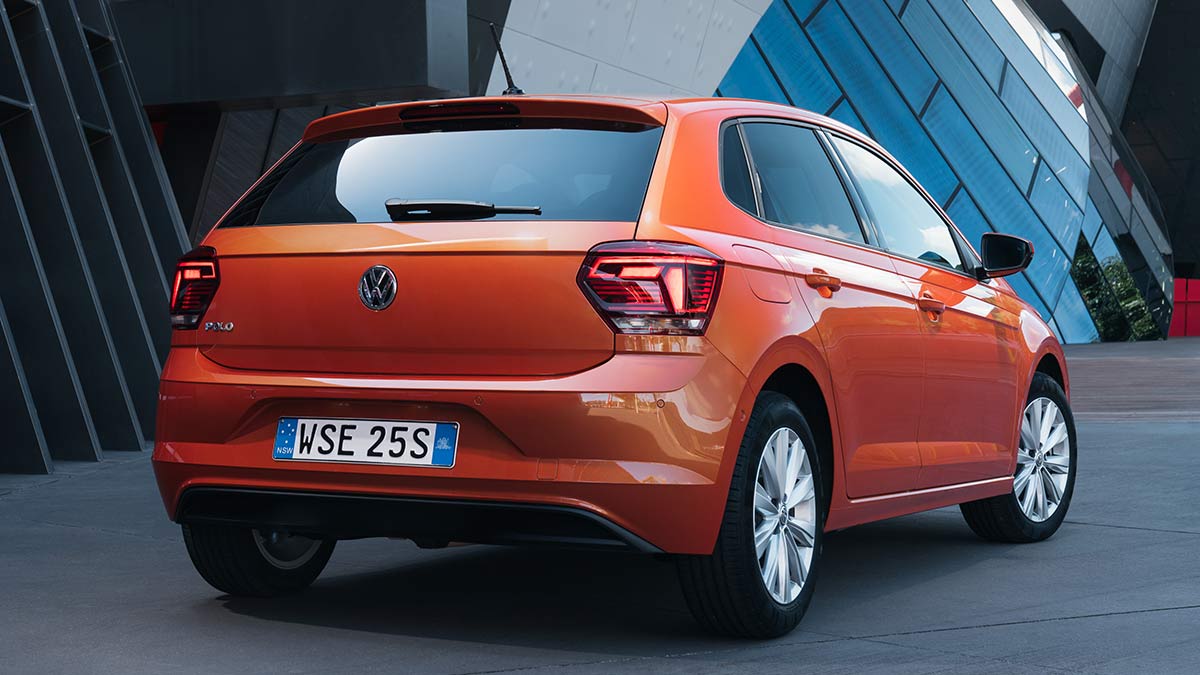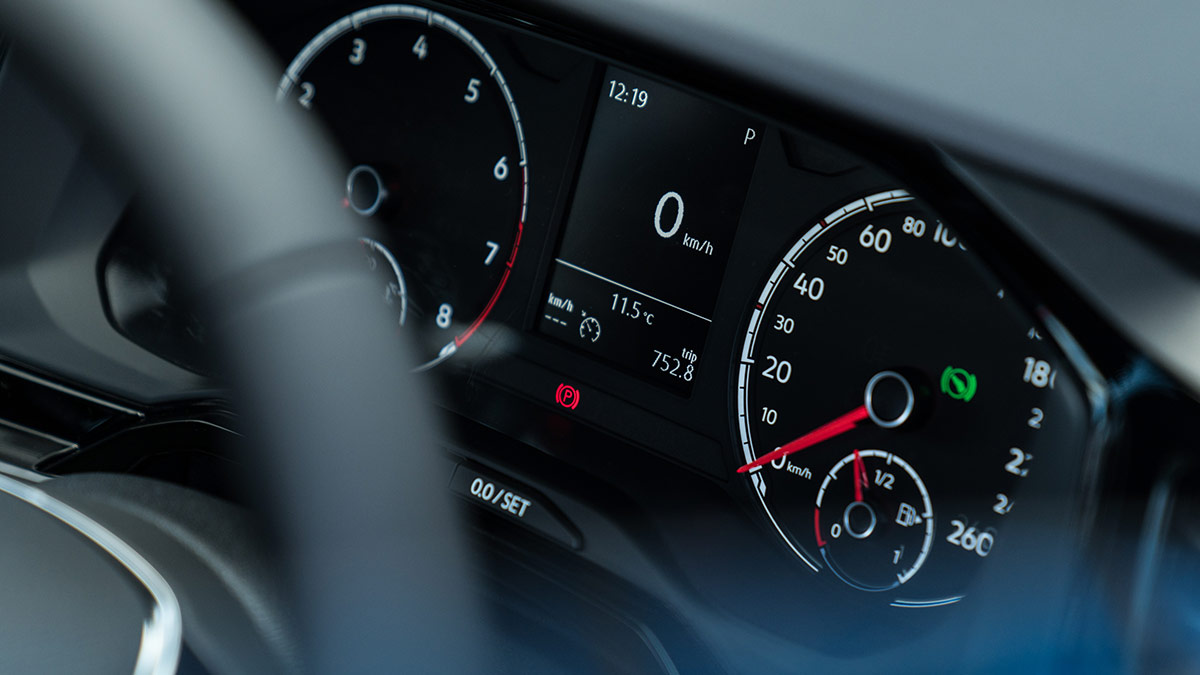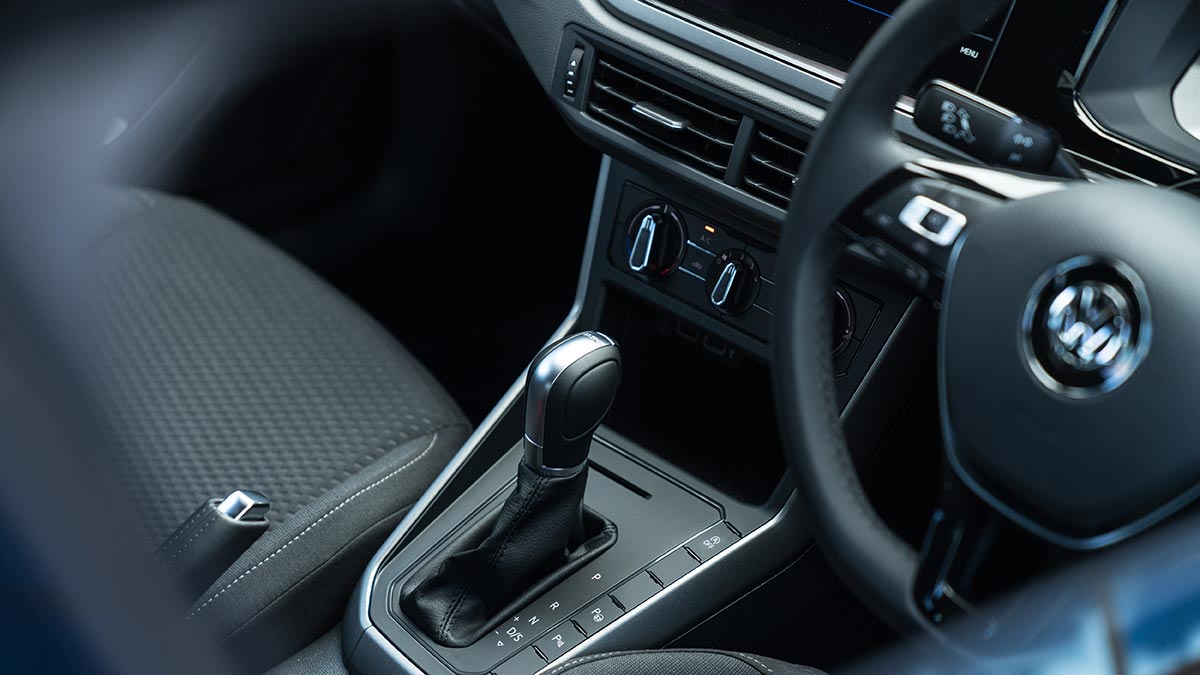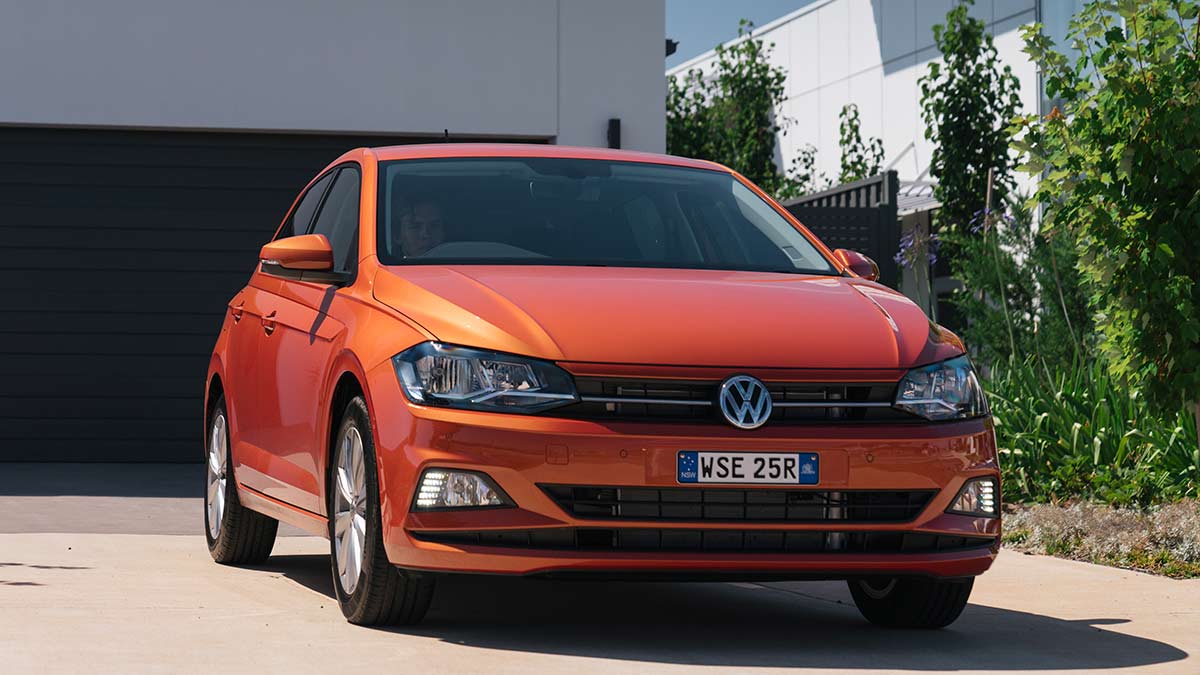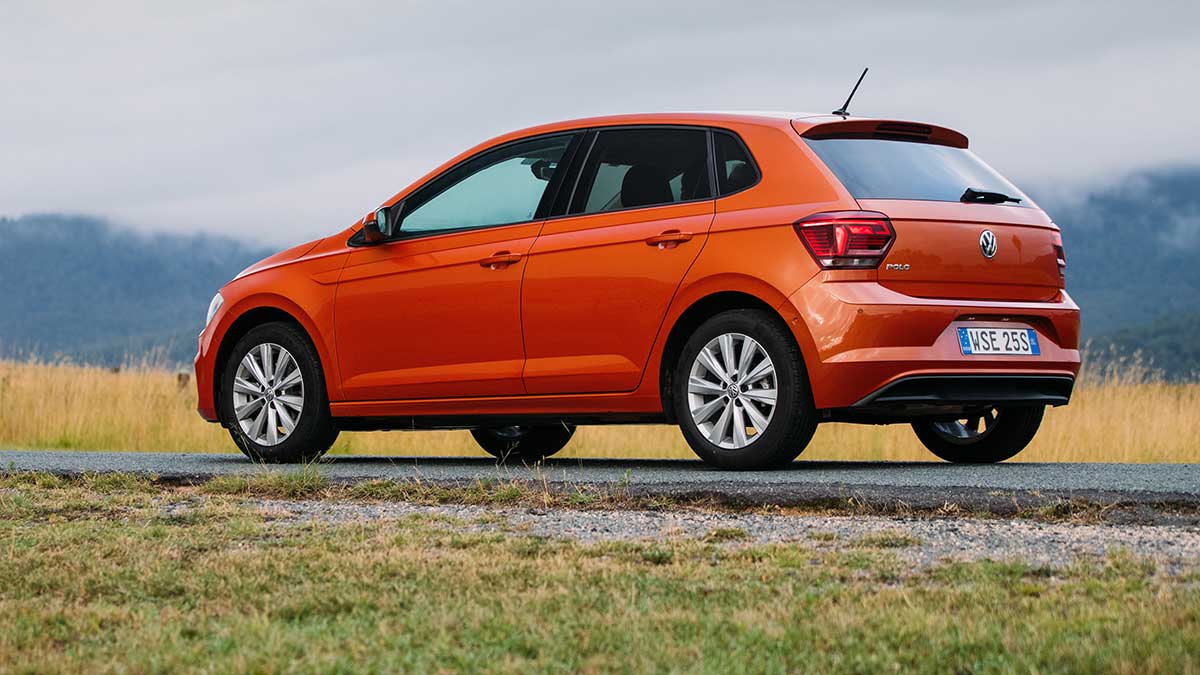The ninth-generation Toyota HiLux has arrived, bringing with it a futuristic forward exterior design, more safety and tech and the same rugged capability owners love. Will the updates tempt private buyers away from the Ford Ranger or are they just enough to keep fleets onside?
2021 Volkswagen Polo 85TSI Comfortline road test review

Talk may be cheap, but word-of-mouth recommendations are priceless, and VW's Polo has got people talking for all the right reasons.
The VW Polo is one of the best drives in the light car class, competing with the MG MG3 and Kia Rio.
Though it was launched back in 2018, it's selling in bigger numbers now than it ever has, largely as a result of satisfied owners promoting the product.
It’s the stealth fighter of the light car segment, outselling the Toyota Yaris, Mazda2 and Suzuki Swift in the past 12 months. It achieves that on the basis of smart interior packaging, sharp looks, solid safety credentials and better than competent on-road manners.
A mid-life update is due to arrive in Australia in March or April of 2022 and that will mark the end of the cheapest Polo variant, along with price rises for the rest of the range which VW is attributing to more standard equipment.
So if you’re interested, now’s a good time to be talking to your local dealer as they look to shift existing stock ahead of the new model’s arrival.
On this page
What do you get for the price?
The VW Polo starts at $19,200 before on-road costs for the soon-to-be-discontinued Trendline version.
Standard equipment includes Android Auto and Apple CarPlay capability, along with Bluetooth, an 8.0-inch infotainment touchscreen, a reversing camera with guidelines, a pair of USB-C ports and driver fatigue detection. There’s a full-size spare wheel beneath the 351-litre boot, which is a rarity in the class.
The default transmission is a five-speed manual, hooked up to a turbocharged 1.0-litre three-cylinder petrol engine delivering 70kW and 175Nm to the front wheels.
Step up to the Comfortline at $20,890 and the engine’s output increases to 85kW/200Nm, along with a set of 15-inch alloy wheels in place of the steel/hubcap hoops on the base model. The standard manual transmission picks up a cog to six-gears, the headlamps and wipers automatically come on, there’s a self-dimming rear-vision mirror, rear passengers pick up reading lights and a pair of USB ports and the cloth upholstery looks and feels classier.
The top-spec Style sees the price jump to $25,690 but the seven-speed dual-clutch auto is standard and the equipment list extends to 16-inch alloy wheels, a 300-watt beats sound system, dual-zone airconditioning, wireless phone charging, satellite navigation, tinted windows and a digital driver’s display.
Be aware the boot-mounted subwoofer for the sound system trims cargo space by almost 50 litres.
Those looking for a bit more spice in their baby hatch can turn to the sporty GTI version packing a 2.0-litre four-cylinder turbo engine and a price tag starting at $32,890 plus on-road costs.
An up-front “care plan” to cover servicing the Polo will set you back $1850 for the first five years or 75,000km.
A five-year warranty is standard and there are a variety of option packages. The two we’d be considering are the front and rear dashcams and the $1500 driver assistance system that bundles adaptive cruise control, blind-spot monitoring, rear cross-traffic alert, semi-automated parking and distance sensors front and rear.
How safe is the Volkswagen Polo?
The Polo is a five-star car, according to ANCAP. It was tested in 2018 and earned 96 per cent for adult occupant protection, 85 per cent for child protection and 76 per cent for vulnerable road-user protection.
Safety assist was rated at 59 per cent, with the absence of a lane-monitoring system costing the Polo points.
What’s the VW Polo like inside?
Sophistication isn’t generally a hallmark of the light-car class given how price-conscious buyers in this segment are. Volkswagen bucks the trend with the Polo, which presents as a more mature car than most.
The fit-and-finish is as good as you’ll find this side of the prestige vehicles. There are some harder plastics below the eye-line but those you see and touch are on the money and the resolution of the touchscreen is class-leading.
A digital speedo is a must-have in Victoria and the Polo doesn’t disappoint. It is also surprisingly spacious and will happily accommodate four adults. Rear leg and head room is more than adequate.
In an ideal world, I’d like to see a fold-out centre armrest with cupholders in the middle of the rear seats and a set of air vents for those in the back
What’s under the bonnet?
All regular Polo variants use a 1.0-litre turbocharged three-cylinder engine. The Trendline’s powerplant is detuned to deliver 70kW and 175Nm, while the Comfortline and Style enjoy 85kW and 200Nm.
The engine is a good match to this car, with enough performance to keep pace with metropolitan traffic.
It is refined across the rev range and has the typically rorty exhaust note that is a feature of triple-cylinder engines. The well-insulated cabin means you only distantly hear it, but it sounds entertaining as it drives past.
Is the VW Polo efficient?
The Polo is relatively miserly when it comes to fuel use. The official claim is 5.0-litres/100km when paired with the seven-speed dual-clutch automatic transmission. The RACV saw 6.4 litres/100km in predominantly city driving.
It is worth noting that the Polo prefers the more expensive 95RON fuel but the 40-litre tank should be good for more than 600km between refills.
How does the VW Polo drive?
Accomplished sums up the Polo’s road manners.
It steers and corners better than pretty much any other car in the segment.
The suspension is firm enough to resist body roll through turns without being so hard that it bounces over speed humps.
The only criticism comes from the dual-clutch auto, which can hesitate off the line and be a touch jerky when shifting through the lower gears on light throttle application.
More aggressive acceleration results in smoother shifts, so that became the preferred approach.
The seven-speed auto is worth every cent on the freeway, though, where it happily cruises at triple-digit speeds and kicks down quickly and smoothly when you need to overtake or hit a hill.
Should I buy one?
Anyone shopping for a light car should check out the Polo. The quality of the drive and standard features make it a convincing proposition in this segment.
The VW’s pricing is competitive and the overall presentation is genuinely classy, which isn’t something normally associated with the light-car segment.
The servicing costs are higher than some of its opponents but it certainly isn’t a deal-breaker.
You get what you pay for and in the case of the Polo, you’re paying for a pretty convincing product.
The information provided is general advice only. Before making any decisions please consider your own circumstances and the Product Disclosure Statement and Target Market Determinations. For copies, visit racv.com.au. As distributor, RACV Insurance Services Pty Ltd AFS Licence No. 230039 receives commission for each policy sold or renewed. Product(s) issued by Insurance Manufacturers of Australia ABN 93 004 208 084 AFS Licence No. 227678.
